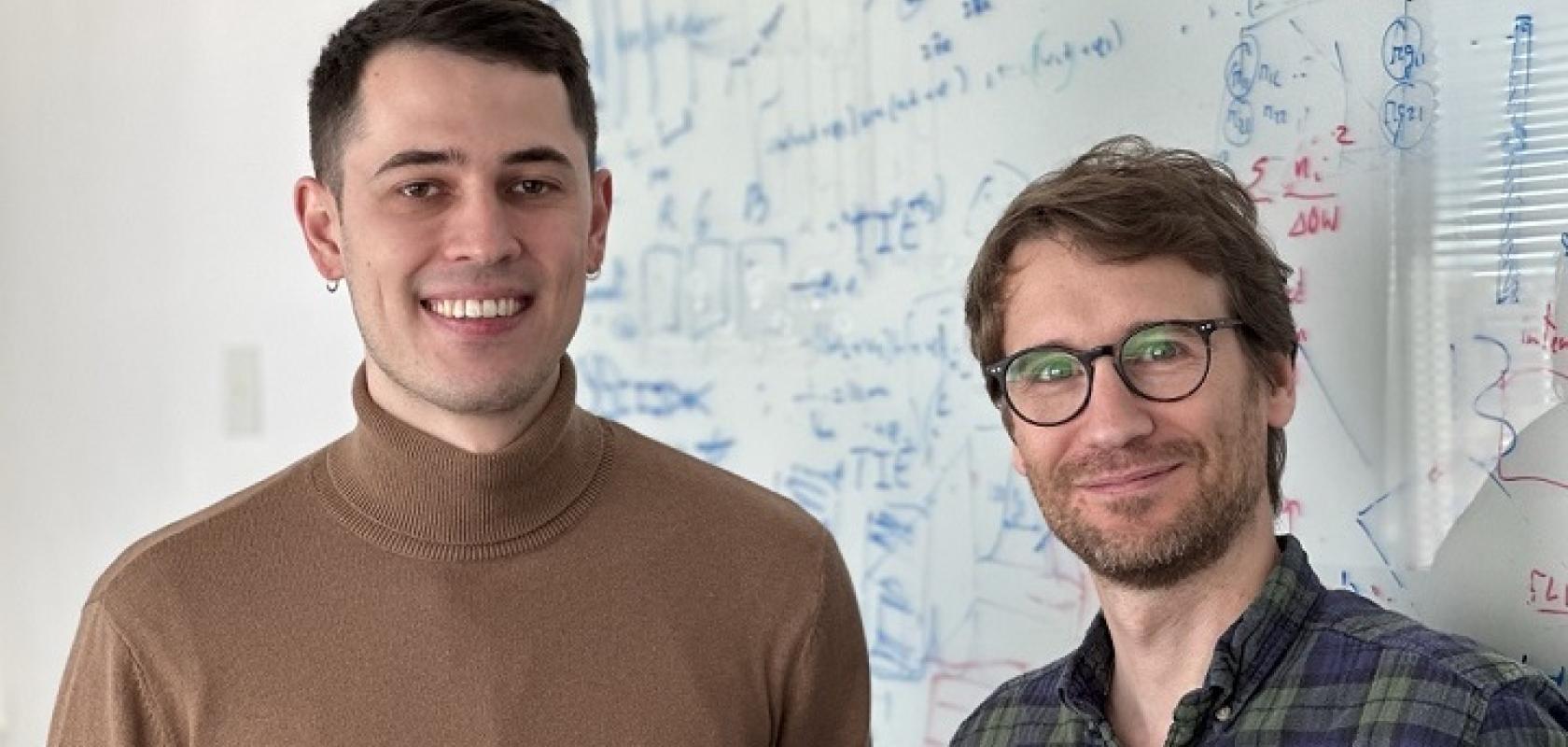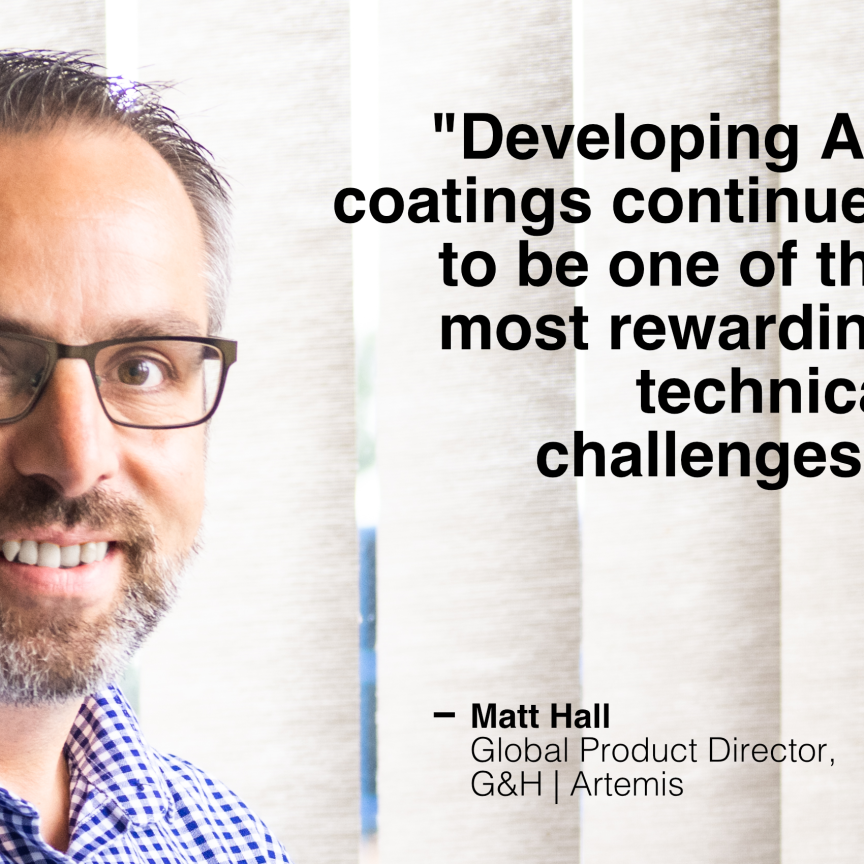An academia-industry team has developed a 3D measurement technique based on optical profilometry with a drastically reduced acquisition time compared to existing devices.
Developed by experts from the University of Barcelona and the company Sensofar Tech, the system uses a novel liquid lens to characterise the three-dimensional topography of an object with a speed and spatial resolution that exceeds the performance of current instruments.
Measuring large samples in real time
Optical profilometry, which measures the three-dimensional profile of objects using light, is commonly applied in quality control and part inspection in various business sectors, from 3D-printed components to coronary prostheses (stents) or the identification of surface defects or roughness.
Typically, the profile of a micrometric object is measured using a microscope, which obtains a collection of hundreds of images at different heights and planes of the object
“This is a process that involves scanning the sample plane by plane, an inherently slow process,” said Martí Duocastella, professor at the Department of Applied Physics and member of the UB’s Institute of Nanoscience and Nanotechnology (IN2UB). “In the new study, we present an innovation that is based on drastically reducing the acquisition time of this image collection.”
The new system is capable of operating at the micrometre scale on relatively large samples and in real time (up to sixty topographies per second).
“Current technological systems can only achieve these speeds on very thin samples, or on large samples, but with low spatial resolution”, Duocastella said. “It is likely that our system can have a more significant impact because of its ability to characterise dynamic processes. So, thanks to our technology, the rapid movement of a small device — with a gas sensor — can be characterised in 3D, something that was impossible until now”.
Ultrafast liquid lens increases speed
The new technique requires rapid scanning of the sample and synchronisation of pulsed light of different durations. For fast scanning, an ultrafast liquid lens — developed by Professor Duocastella at Princeton University (United States) — is used, which allows scanning thousands of times per second. For synchronisation, an in-situ programmable gate array (FPGA) was used to generate the signal to pulse the light and capture the image from the camera.
One of the most difficult phases was trying to achieve high data acquisition rates, Duocastella explained: “In this case, the signal received from the sample is weaker, and greater precision in the signals is needed. However, thanks to the work of PhD student Narcís Vilar, we were able to overcome these obstacles and successfully implement his new technology.”
The research was recently published in Nature Communications.


